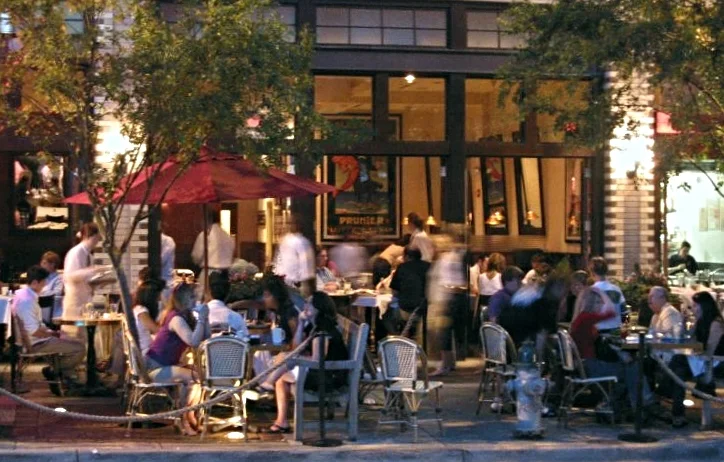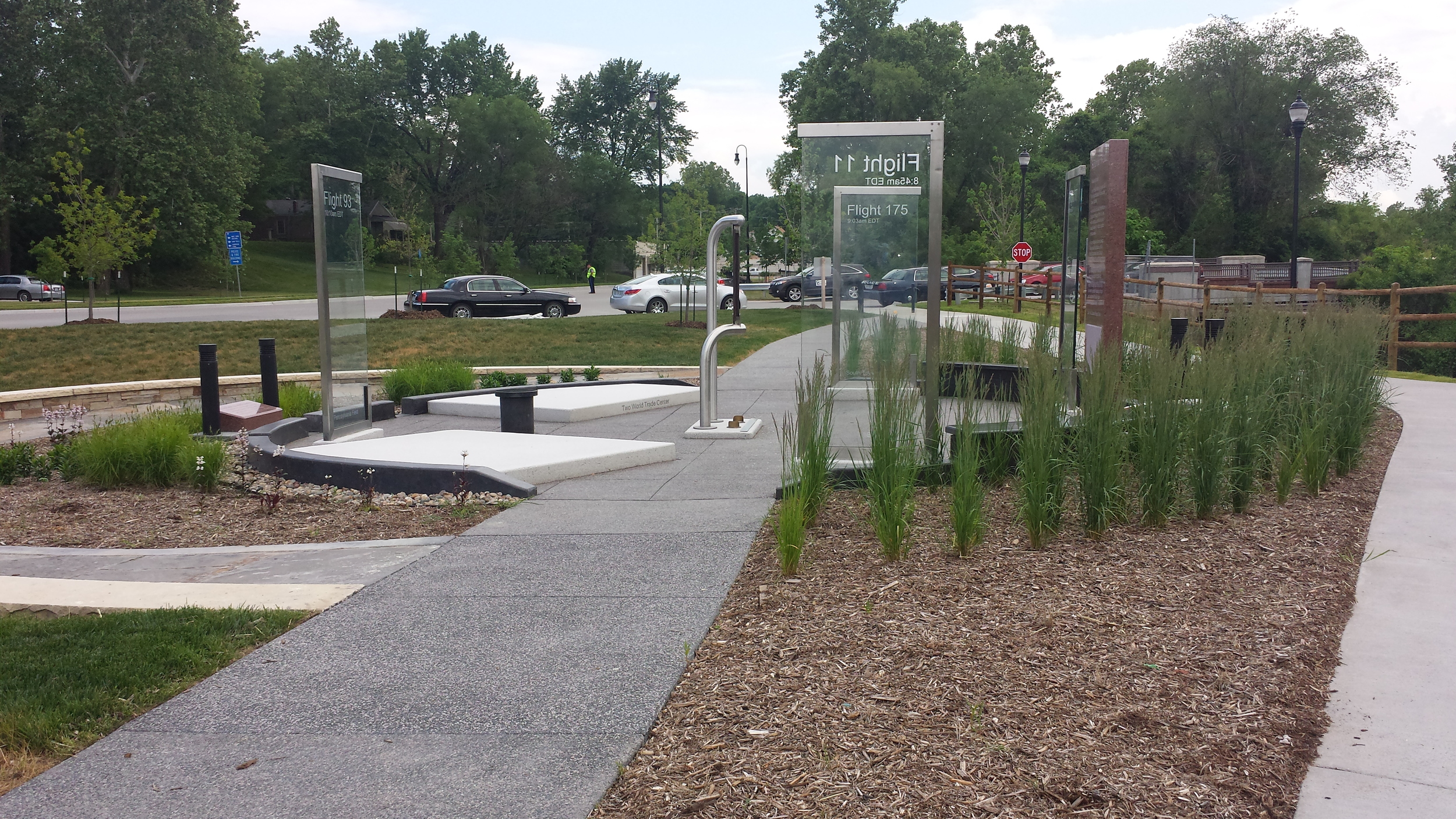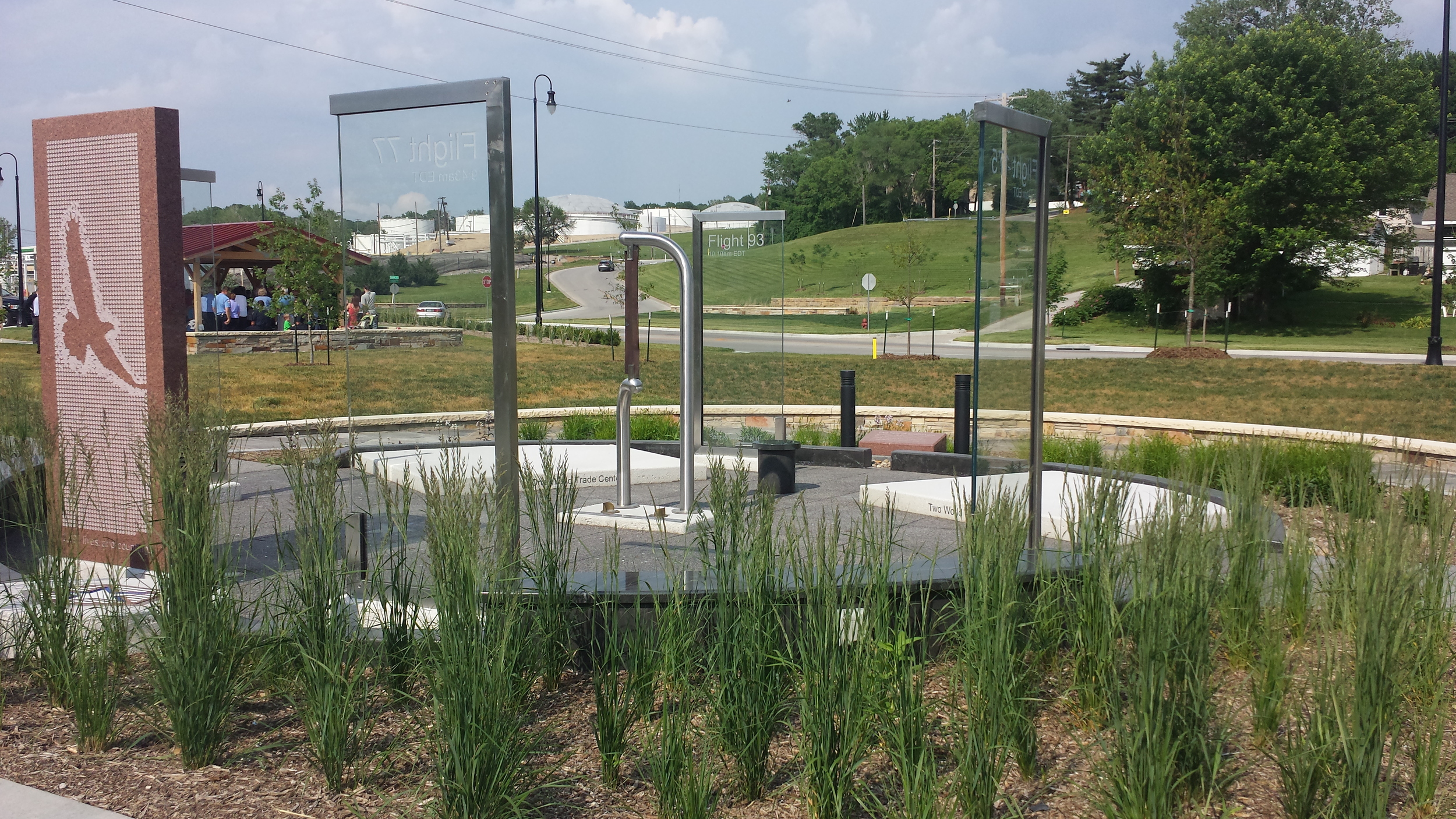It’s summer time and we are all generally excited to be outside! Whether we are swimming at the lake or hiking trails, it is important to be thinking about how best to deal with summer insects, especially ticks. The warmer months of the year, April through September are when ticks are most active and it is also when we are most likely to encounter them, even in our yards. The ticks people encounter in the Midwest that most commonly transmit disease are the American dog tick, Brown dog tick, Blacklegged tick, and the Lone star tick.
Ticks are known carriers and transmitters of a variety of diseases. Lyme disease, babesiosis, erlichiosis and tularemia are examples of some of the diseases that can be transmitted from ticks to people. A press release from the Center for Disease Control (CDC) earlier this spring noted that there is a new tick-borne disease showing up in the Midwest called the Heartland virus that has been associated with the Lone star tick. As of March of this year, eight cases have been reported in Missouri and Tennessee beginning in 2009. Unlike many of the tick-borne illnesses which are bacterial and readily treated with antibiotics, Heartland is a virus so the CDC is working hard to develop new tests and treatments.
While avoiding ticks is the best prevention, it is not always an option. To reduce the risk of tick bites, the CDC recommends that people:
Avoid wooded and bushy areas with high grass and leaf litter;
Use insect repellent when outdoors;
Use products that contain permethrin on clothing;
Bathe or shower as soon as possible after coming indoors to wash off and more easily find ticks that are crawling on you;
Tumble clothes in a dryer on high heat for an hour to kill remaining ticks.
Conduct a full-body tick check after spending time outdoors; and
Examine gear and pets, as ticks can “ride” into the home and attach to a person later.
For more information, please visit www.cdc.gov/ticks and http://www.cdc.gov/ncezid/dvbd/heartland/index.html and Missouri Department of Health and Senior Services. Heartland virus -- What do I need to know?













